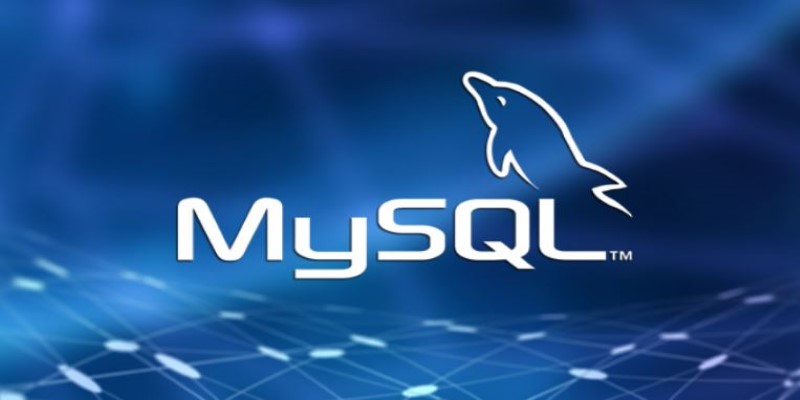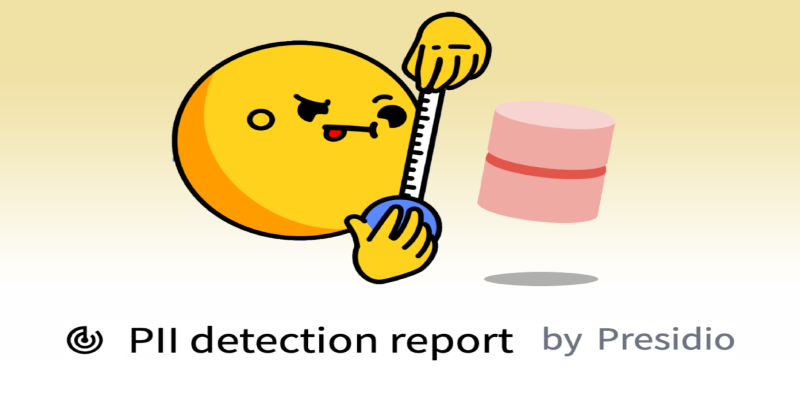Advertisement
Time is crucial in data work. Knowing how long something took, figuring out the gap between two events, or checking how recent a change was — this comes up often. Whether you're logging user activity or tracking overdue tasks, measuring the difference between two dates is a common task in SQL.
That’s where DATEDIFF steps in. It’s not flashy, but it saves time and makes your queries clearer. You don’t need fancy tricks or math hacks — just one simple function. Let’s get into what DATEDIFF does, how to use it, and what to watch out for.
DATEDIFF is a date function in SQL used to calculate the difference between two date values. It doesn’t return the number of seconds or exact time gap — instead, it gives you the count of the specified date part (like days, months, or years) between two dates. The key thing to understand is that the unit you specify controls how the result is calculated.
In most SQL dialects, the syntax looks like this:
DATEDIFF(datepart, start_date, end_date)
The function returns an integer. A positive result means the end date is later than the start date. A negative result means the end date is earlier.
If you’re using Microsoft SQL Server, DATEDIFF works out of the box. In MySQL and PostgreSQL, things are slightly different — we’ll come back to that later.
Using DATEDIFF is straightforward once you understand the syntax. Let's walk through a few examples using SQL Server to show how it behaves in different situations.

SELECT DATEDIFF(day, '2024-01-01', '2024-01-15') AS DayDifference;
Result: 14
This gives the number of days between January 1 and January 15. The result doesn't count the start date itself, just the difference in days.
SELECT DATEDIFF(month, '2024-01-01', '2024-03-01') AS MonthDifference;
Result: 2
Even though it's exactly two months, DATEDIFF only considers the difference in the month part — it doesn't care about the day unless you're measuring by day.
SELECT DATEDIFF(day, '2024-01-15', '2024-01-01') AS NegativeDifference;
Result: -14
This is because the second date is earlier than the first.
You can also use shorthand like yy for year or dd for day. SQL Server understands both without any issue. These dateparts help control how the difference is calculated.
The real usefulness of DATEDIFF shows up when you’re working with logs, deadlines, memberships, or anything that tracks time.
Say you run a library system and want to find which books are overdue:
SELECT book_id, due_date
FROM borrowed_books
WHERE DATEDIFF(day, due_date, GETDATE()) > 0;
This tells you how many days a book is overdue. If the number is greater than 0, the book should’ve been returned already.
For a user registration system, you may want to know how old someone is:
SELECT name, DATEDIFF(year, birthdate, GETDATE()) AS Age
FROM users;
This gives the difference in years between the birthdate and today. Note that it’s a rough calculation. It doesn’t account for whether the birthday has passed this year.
If you're tracking user logins and want to flag users who haven’t logged in for 30 days:
SELECT user_id, last_login
FROM users
WHERE DATEDIFF(day, last_login, GETDATE()) >= 30;
This is a quick way to find inactive users without doing manual date math.
Sometimes, you want to find events that happened within the same month:
SELECT COUNT(*), DATEDIFF(month, '2023-01-01', event_date) AS MonthsSinceStart
FROM events
GROUP BY DATEDIFF(month, '2023-01-01', event_date);
This can help visualize trends or activity levels across periods.
Here’s where things can get tricky. DATEDIFF is available in SQL Server, Sybase, and some other T-SQL-based systems. But MySQL and PostgreSQL don’t use the same function name or syntax, and their behaviors vary slightly.

In MySQL, there’s a DATEDIFF function, but it only supports day differences — no dateparts:
SELECT DATEDIFF('2024-01-15', '2024-01-01');
You'll get 14 as a result, but you can't ask for months or years. If you need months, you'll have to write a workaround using TIMESTAMPDIFF:
SELECT TIMESTAMPDIFF(MONTH, '2024-01-01', '2024-03-01');
This provides month-level control, making it more versatile for broader date-based calculations.
PostgreSQL Alternative
PostgreSQL doesn’t have DATEDIFF at all. You just subtract the dates directly:
SELECT '2024-01-15'::date - '2024-01-01'::date;
That returns an interval or integer, depending on how you cast it. To get months or years, you’d use date functions like AGE() or manipulate with EXTRACT.
One subtle thing to remember — DATEDIFF usually ignores the actual time of day. So if two timestamps are just hours apart but fall on different calendar days, the day difference will still be 1:
SELECT DATEDIFF(day, '2024-01-01 23:59:59', '2024-01-02 00:00:01');
Result: 1 — even though it’s just two seconds apart. This can cause confusion if time precision matters.
The SQL DATEDIFF function simplifies working with date intervals by calculating the difference between two dates in units like days, months, or years. It's a straightforward tool that saves time, especially when tracking overdue items, user inactivity, or age. SQL Server supports full flexibility with dateparts, while MySQL and PostgreSQL require slightly different approaches. DATEDIFF ignores the time portion and focuses on the specified unit, making it reliable for general date gap tasks. Though it behaves a bit differently across systems, the core idea stays the same—measure time between events easily. Understanding how it works helps keep queries clean and avoids manual date math.
Advertisement

Need to spot and anonymize sensitive info in your data? Learn how Presidio’s integration with Hugging Face makes PII detection and masking simple, flexible, and scalable for any dataset—no custom code required

Discover Nvidia’s latest AI Enterprise Suite updates, featuring faster deployment, cloud support, advanced AI tools, and more

How to deploy and fine-tune DeepSeek models on AWS using EC2, S3, and Hugging Face tools. This guide walks you through the process of setting up, training, and scaling DeepSeek models efficiently in the cloud

How llamafiles simplify LLM execution by offering a self-contained executable that eliminates setup hassles, supports local use, and works across platforms

Apple joins the bullish AI investment trend with bold moves in AI chips, on-device intelligence, and strategic innovation

LeMaterial is an open source platform designed to accelerate materials discovery through shared tools, data, and machine learning workflows. Discover how it’s reshaping collaboration in materials research

Know about 5 powerful AI tools that boost LinkedIn growth, enhance engagement, and help you build a strong professional presence

Explore Claude 3.7 Sonnet by Anthropic, an AI model with smart reasoning, fast answers, and safe, helpful tools for daily use

How to run a chatbot on your laptop with Phi-2 on Intel Meteor Lake. This setup offers fast, private, and cloud-free AI assistance without draining your system

Explore CodeGemma, Google's latest AI model designed for developers. This open-source tool brings flexibility, speed, and accuracy to coding tasks using advanced code LLMs

Meta's new AI boosts computer vision tools' speed, accuracy, and ethics across healthcare, retail, and real-time visual systems

Explore top business process modeling techniques with examples to improve workflows, efficiency, and organizational performance